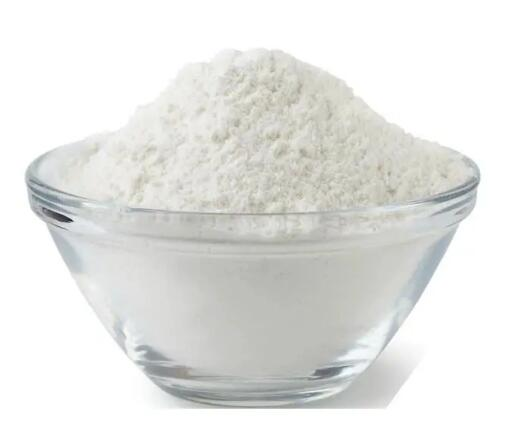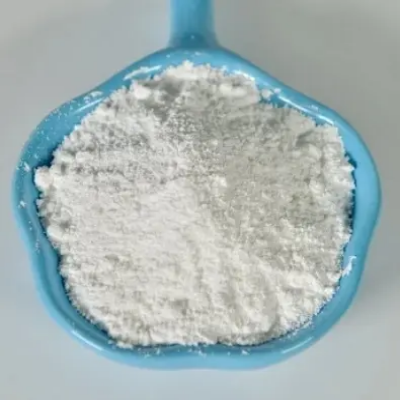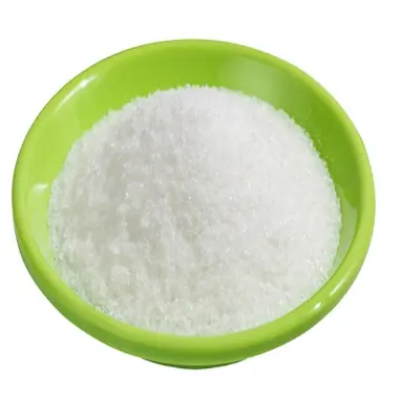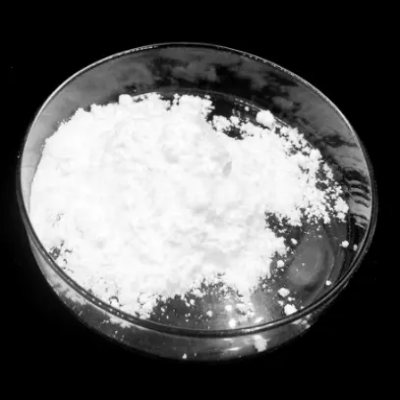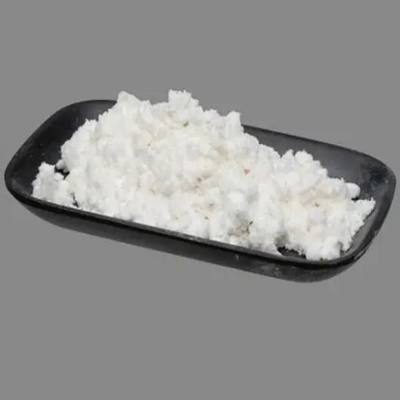4-Benzylamino-7-nitrobenz-2-oxa-1,3-diazole CAS:18378-20-6
Fluorescent Probe: BANA is primarily used as a fluorescent probe in biological research and imaging applications. It exhibits fluorescence emission in the red region of the spectrum upon excitation with ultraviolet or visible light. This property makes it useful for labeling and visualization of specific molecules or structures in biological systems.
Amino Acid Analysis: BANA has been employed as a reagent in amino acid analysis methods. It reacts with phenylalanine and tyrosine to form fluorescent derivatives that can be measured and quantified. This analytical technique helps in the identification and quantification of amino acids in various samples, such as protein hydrolysates.
Enzyme Detection: BANA has been used as a substrate for the detection of certain enzymes, particularly a bacterial enzyme called trypsin-like serine protease. The enzyme cleaves the BANA molecule, leading to the release of a fluorescent product that can be measured. This method has been utilized in the diagnosis of periodontal diseases, as a marker for the activity of certain bacteria involved in these diseases.
Biomarker in Oral Health: BANA has also been studied as a potential biomarker for oral health assessment. Certain bacteria, such as Porphyromonas gingivalis, produce an enzyme called trypsin-like activity (TLA), which hydrolyzes BANA. The presence and level of TLA can indicate the presence and severity of periodontal diseases, helping in their diagnosis and monitoring.
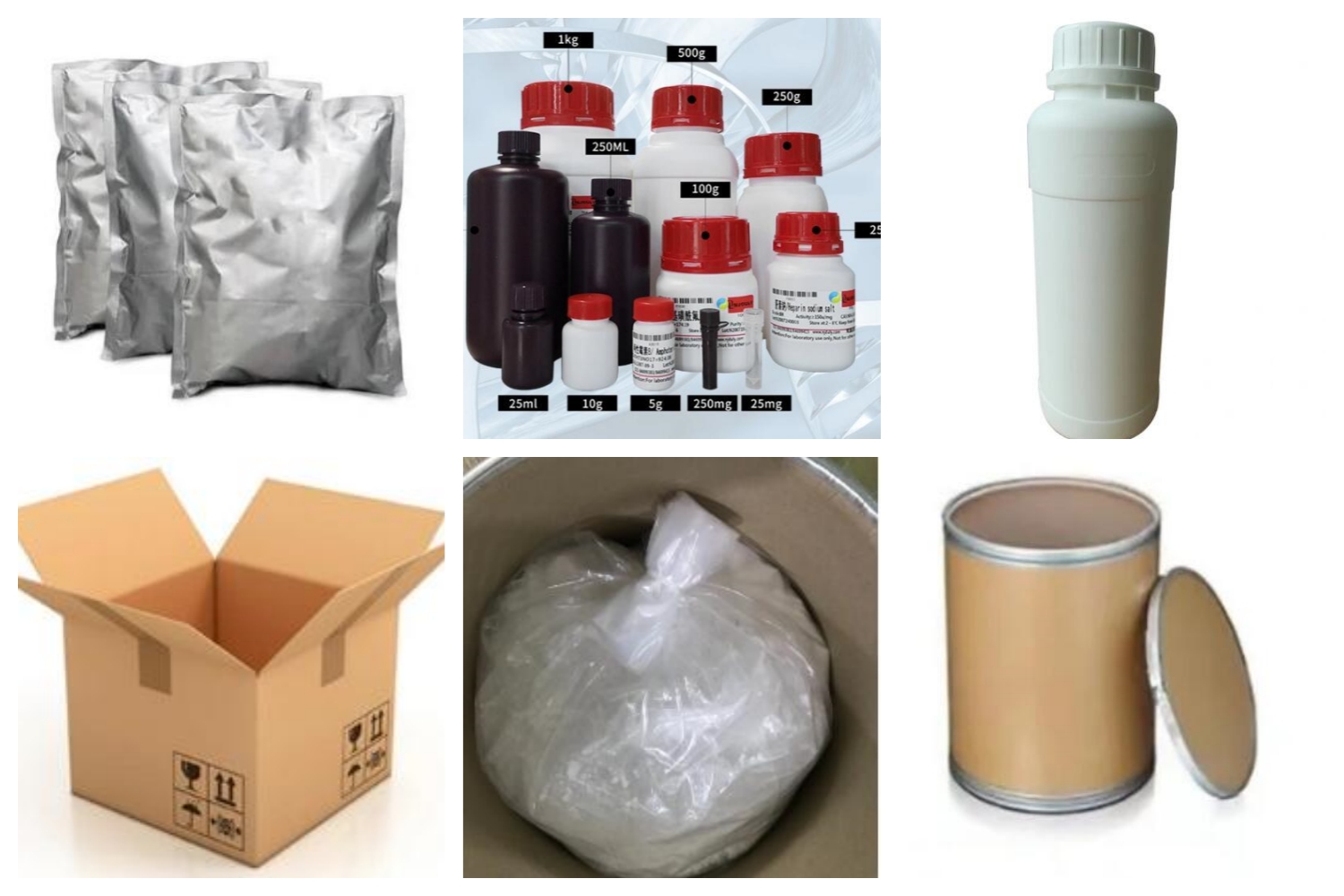
| Composition | C13H10N4O3 |
| Assay | 99% |
| Appearance | White powder |
| CAS No. | 18378-20-6 |
| Packing | Small and bulk |
| Shelf Life | 2 years |
| Storage | Store in cool and dry area |
| Certification | ISO. |


